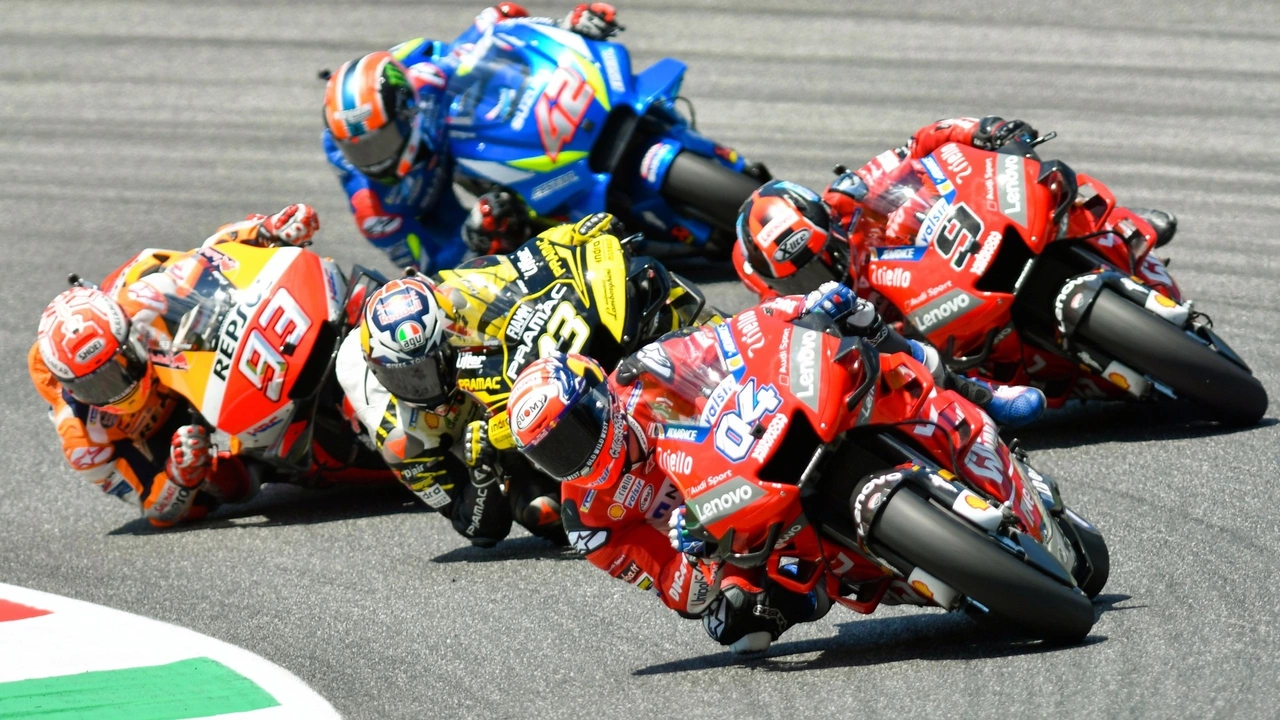Motorsports and Racing Culture – The Spanish‑Italian MotoGP Edge
Ever wonder why the MotoGP grid seems full of Spanish and Italian names? It’s not a coincidence. Both countries have built a whole ecosystem that turns kids on two wheels into world‑class racers. In this article we’ll break down the key factors that make Spain and Italy MotoGP factories.
What makes Spain a MotoGP hotbed?
First off, Spain treats motorbike racing like a national pastime. From local clubs to the national championship, there’s a clear ladder for riders to climb. The Spanish CEV (now FIM JuniorGP) gives young talent real race experience on circuits that mimic the world stage. Add in world‑class academies such as the MotoGP‑backed Estrella Galicia Academy, and you’ve got a pipeline that feeds directly into the premier class. Young riders also grow up watching home heroes like Marc Márquez and Maverick Viñals, so the dream feels reachable.
Why Italy churns out champions
Italy’s love affair with two‑wheel speed runs deep, too. The country boasts legendary manufacturers, historic tracks, and a fierce club scene that pushes riders hard from day one. Programs like the Fiamme Oro and the Italian MotoGP Academy provide top‑tier coaching, while the CIV (Campionato Italiano Velocità) offers a competitive platform that mirrors MotoGP’s intensity. Seeing icons like Valentino Rossi dominate for decades inspires the next generation to pick up a bike and aim for the podium.
Beyond schools and series, both nations enjoy massive fan support. Race weekends feel like festivals, with crowds chanting, waving flags, and celebrating every overtake. That atmosphere fuels a rider’s confidence and attracts sponsors eager to back promising talent. When sponsors see a passionate fan base, they’re more willing to invest, which in turn gives riders better bikes and training.
Infrastructure plays a big role as well. Spain and Italy have a dense network of circuits—Jerez, Barcelona, Mugello, Misano—where riders can practice on world‑class tracks without flying abroad. This familiarity with high‑speed corners and variable weather conditions gives them a technical edge when they step onto a MotoGP grid that travels the globe.
Finally, the cultural mindset in both countries treats racing as a viable career path. Kids grow up hearing stories of local champions, and schools often accommodate training schedules. Parents see racing not just as a hobby but as a legitimate profession, which means more support at home and fewer barriers for aspiring riders.
All these pieces—grassroots programs, strong national championships, fan fervor, top‑tier facilities, and a culture that celebrates success—combine to create a perfect storm. It’s why Spain and Italy regularly supply the majority of MotoGP talent, and why the grid will likely stay dominated by their riders for years to come.
